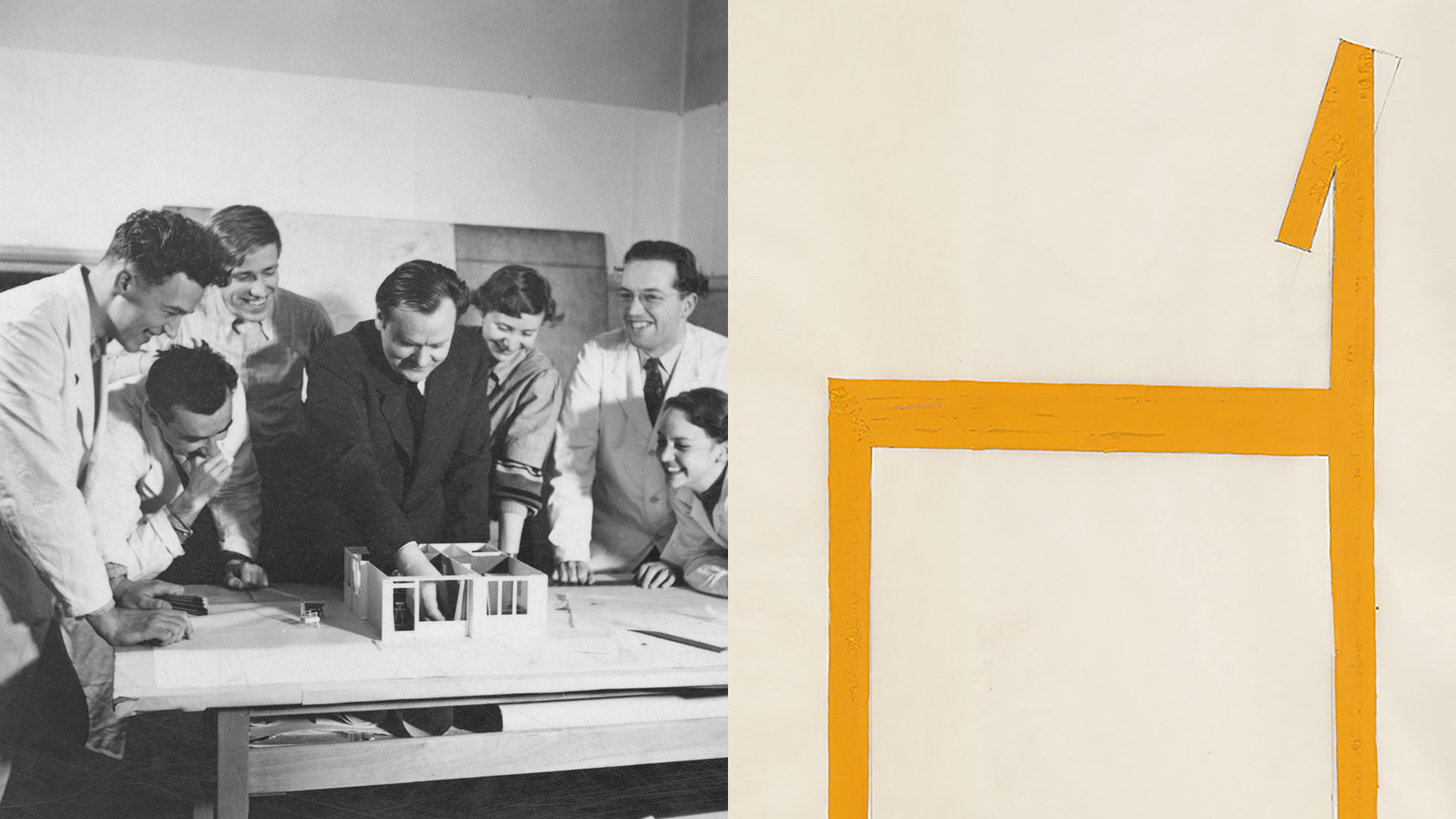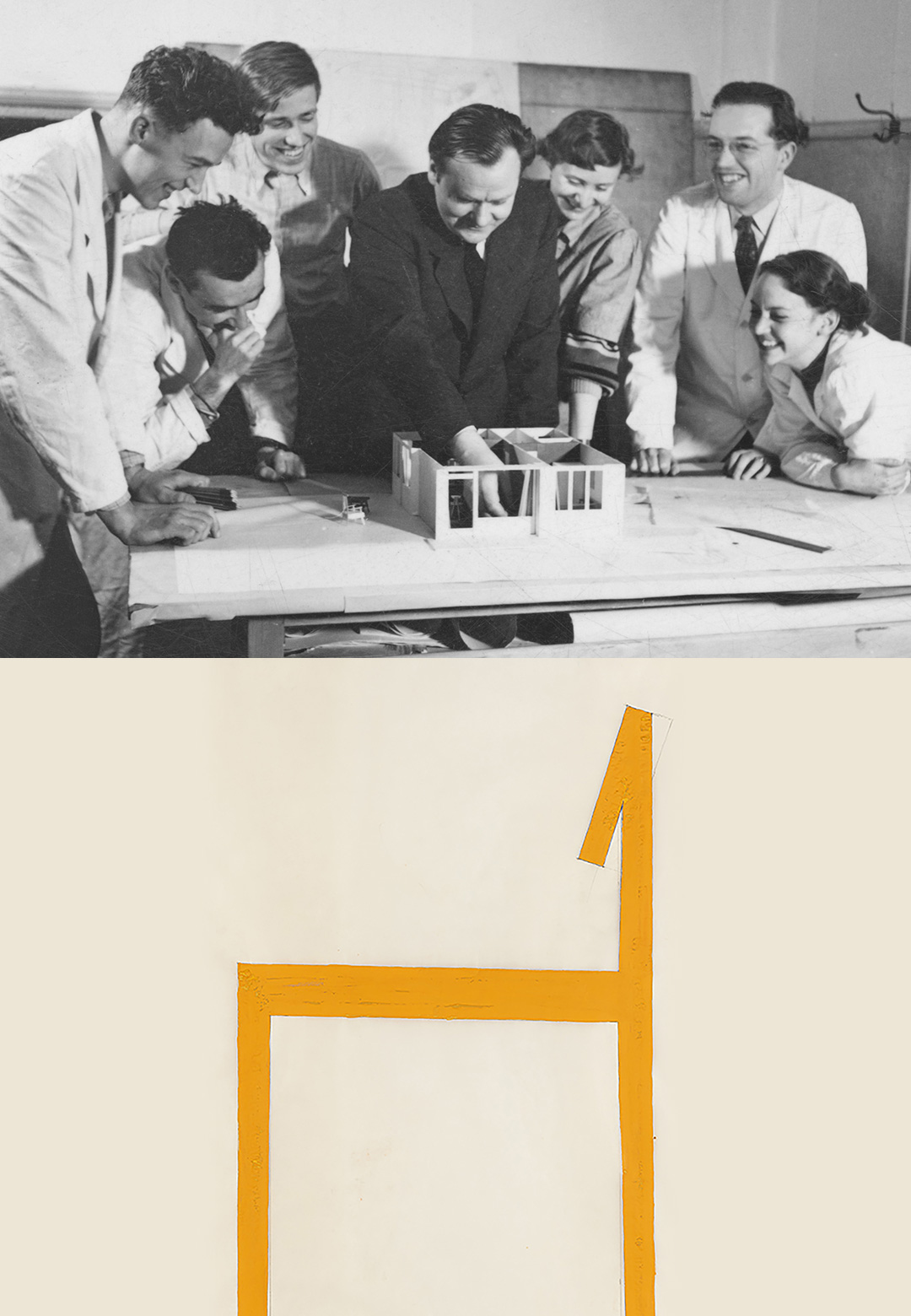Museum für Gestaltung, Zurich is organising a retrospective design exhibition featuring the works of the iconic Swiss industrial designer Willy Guhl (1915-2004). As a designer, Guhl has occupied a special place in Swiss design history, prompted by his world-famous design icons including the Garden chair for Eternit or even Europe’s first plastic shell chair. The retrospective exhibition titled Willy Guhl- Thinking with Your Hands celebrates the designer's practice while offering insight into his holistic and practice-oriented work. The display will be on view from December 9, 2022, till March 26, 2023, and has been curated by Renate Menzi, curator of the Museum für Gestaltung Zürich. Through the mediums of photographs, prototypes, films, and design processes, the exhibition will offer an illustrious lens into the life and works of the prolific product designer.
Swiss design pioneer Willy Guhl was born in Stein am Rhein, Switzerland in 1915. With a highly creative bend of mind, Guhl trained as a carpenter and studied at the Zurich School of Applied Arts, where he later went on to teach industrial and interior design for 39 years. Spearheading the Swiss design scene, Guhl was also an educator to some leading industrial designers including—Hansruedi Vontobel, Klaus and Rosmarie Vogt, Robert Haussmann, Carmen Greutmann, Alois Rasser, Pit Wyss, Silvio Schmed, and Stefan Zwicky. The design silhouettes of Guhl’s products were always elegant and graceful while also being human-centric and sturdy. For instance, his hourglass planter was designed with a timeless aesthetic and a contemporary appeal. The planter offered itself as a suggestive response to functional needs while also being a modern addition to every landscape design scheme.
Complementing Guhl’s practice as a designer,—who never limited his ideas to the drawing board—the title of the exhibition highlights his approach involving the physical formulation of products in his workshops with the students, where they “thought with their hands.” Guhl followed and inculcated the approach of embodying design knowledge by perceiving all the senses and transcribing it in drawings, models, and photographs as evidence of the physical processes in his students. This hands-on approach did not just upscale the design outcome exponentially but also shaped the larger European design culture.
Many of his iconic designs, conceptions of his extraordinary mind, are now practically ingrained into various systems of design and infrastructure across the globe. The exhibition highlights his work approach and monumental designs through multiple photographic evidence. For instance, a photograph from 1952 beautifully captured Guhl in action as he handcrafts a planter in his workshop alongside Robert Haussmann and his workshop manager A. Noser. Similarly, a photograph captured by Emil Guhl shows the Swiss designer merging work with leisure, as he lounges on his clay lounger, marking an anthropometric impression during a seat study. Guhl adopted and articulated a design methodology focused on individuals and their requirements, for decades. His major objective was to develop pragmatic, long-lasting solutions utilising materials best suited to the purpose and a design that was accessible to everyone. Guhl's exceptional ideas continue to affect product culture to this day, whether it be a flower box, a bathtub, a seat, a snow plough or a staircase bannister.
Guhl is also known for his flat-pack furniture that was designed during the time of the Second World War in response to rebuilding vast areas of war-ravaged Europe. It catered to ease of mobility and assembly while also addressing the scarcity of materials. From the heyday of 'form finesse' in the 1950s through the nonconformism of the 1970s to the thriving design industry of the 1980s, his design approach and instruction evolved. While staying loyal to himself and his principles, he remained open to new technology and changing problems.
The exhibition circles around the findings and research project funded by the Swiss National Science Foundation and exhibits multiple products and photographic accounts acquired over time from Guhl’s estate. Accompanying the exhibition are design-led discourses and educational programs, physical manifestations of Guhl’s age-old education. The visitors will also be able to physically experience the Swiss designer’s design thinking and processes through specially fabricated exhibits, among custom-designed exhibits by the students of the University of Art and Design, Lausanne ECAL. For instance, the prototypes for Guhl’s ergonomic shell chair and even his furniture play as immersive exhibits to think, play, knot, and weave with.






 Sign in with email
Sign in with email










What do you think?